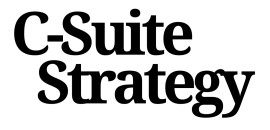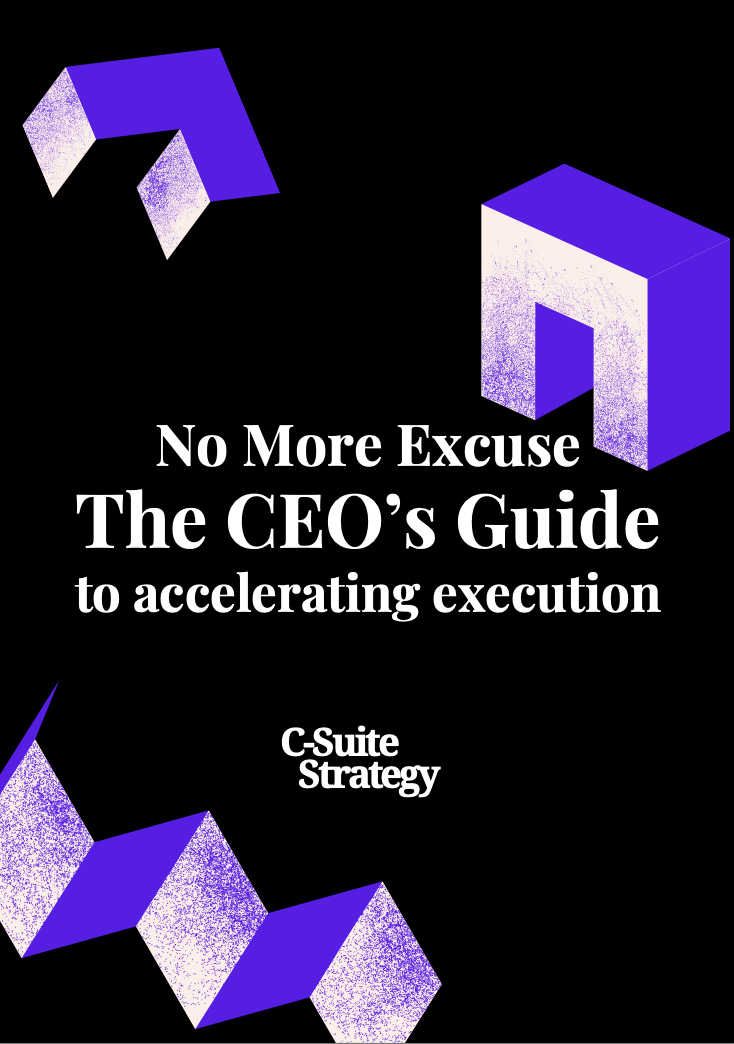The Essence of Strategic Leadership
Understanding the Core of Strategic Leadership
In the ever-evolving landscape of business, strategic leadership stands as a cornerstone for success. At the heart of this concept lies the ability to inspire and guide leaders within an organization, ensuring they are equipped to navigate the complexities of today's market. The essence of strategic leadership is not just about making decisions; it's about fostering a culture where leadership development thrives, allowing great leaders to emerge and drive the company forward.
One of the pivotal resources in understanding strategic leadership is the vast array of leadership books available. These books, often published by renowned institutions like Harvard Business, provide insights into what makes a leader effective. Works by authors such as Peter Drucker and John Kotter are highly rated for their clarity and practical advice. These books, available in hardcover and other formats, are essential reads for anyone looking to enhance their leadership skills.
In his best-selling book, Kotter emphasizes the importance of strategic vision and the ability to communicate it effectively. This aligns with the notion that strategic leadership is about more than just setting goals; it's about creating a shared vision that resonates with people at all levels of the organization. The ratings and reviews of such books often highlight their impact on readers, underscoring the value of investing time in these resources.
Another critical aspect of strategic leadership is understanding the dynamics of change. As discussed in later sections, navigating change with confidence is a skill that leaders must cultivate. Books like "The Hard Thing About Hard Things" offer valuable insights into the challenges leaders face and how they can overcome them.
For those in the C-suite, leveraging expertise is crucial. Engaging with consultants can provide fresh perspectives and strategies that enhance decision-making processes. To explore more on this topic, consider reading about the role of consultants in C-suite strategy.
Building a Culture of Leadership
Fostering a Leadership-Driven Culture
Creating a culture of leadership within an organization is not just a task for the HR department; it is a strategic imperative for the C-suite. The essence of strategic leadership lies in the ability to inspire and empower people at every level. Leadership books often emphasize the importance of building such a culture, with authors like John Kotter highlighting how leadership development can drive business success.
For C-suite executives, fostering a leadership-driven culture involves several key strategies:
- Empowerment and Autonomy: Great leaders understand the importance of empowering their teams. By giving employees the autonomy to make decisions, you encourage innovative thinking and enhance their engagement.
- Continuous Learning: Encourage a culture of continuous learning by investing in leadership training and development programs. Books like 'The Hard Thing About Hard Things' and 'The 7 Habits of Highly Effective People' can be excellent resources for leadership development.
- Recognition and Reward: Recognize and reward leadership behaviors that align with your strategic goals. This not only motivates individuals but also sets a clear example for others.
By building a culture of leadership, you create an environment where change is embraced and innovation flourishes. As noted in many press publications, the ability to navigate change with confidence is a hallmark of successful organizations. For more insights on fostering such a culture, consider exploring mastering the art of full-funnel strategy.
Navigating Change with Confidence
Guiding Through Transformation and Uncertainty
The journey of effective leadership is marked by the ability to navigate change with unwavering confidence. Whether it's driven by technological shifts, market dynamics, or unforeseen challenges, change is an ever-present reality for C-suite leaders. The ability to foresee and manage such changes is often a hallmark of the best strategy books and leadership development programs.
According to a highly effective leadership publication, instilling a culture that embraces change starts with transparent communication and empowering your team at all levels. This approach encourages not only adaptation but anticipation of potential disruptions. By addressing potential challenges early, leaders can avert crises and prepare their teams for smooth transitions.
In today's business landscape, credibility is bolstered by authors who provide actionable insights into leadership dynamics. Reading about esteemed works like those found at navigating the C-suite career path can help equip leaders with the foresight needed to adapt to evolving scenarios. Such resources offer practical wisdom drawn from a broad spectrum of experiences, rated highly by those who have read them.
Exploring these insights can assist leaders in shaping strategies that are not only reactive but also proactive. With pressure mounting in the business world, the ability to anticipate and manage change is a distinct advantage—one that aligns seamlessly with the teachings of great leaders in multiple renowned books.
For any leader striving to enhance their strategic foresight and leadership skills, it's essential to continually engage with resources that tackle the demands of complex work environments. Whether you're adding the next hardcover to your collection or simply digesting an insightful article, remember that the key to sustained leadership success lies in your capacity to navigate change confidently.
Innovative Thinking for Competitive Edge
Fostering Innovative Thinking in Leadership
In the dynamic landscape of modern business, innovative thinking is not just a buzzword—it's a necessity for maintaining a competitive edge. Great leaders understand that fostering an environment where creativity thrives is crucial for strategic success. This involves not only embracing change but also encouraging a culture where new ideas are welcomed and explored.
Leadership books, such as those by renowned authors like John Kotter and Peter Drucker, often emphasize the importance of innovation in leadership development. These works highlight that leaders must be willing to challenge the status quo and push boundaries to stay ahead. The Harvard Business Review frequently discusses how innovative thinking can be a game-changer in business strategy, aligning with the insights from best-selling books that focus on leadership deception and the hard thing about hard things.
To cultivate this mindset, leaders should:
- Encourage open communication and the sharing of ideas across all levels of the organization.
- Invest in leadership training that emphasizes creative problem-solving and adaptability.
- Recognize and reward innovative contributions to foster a culture of continuous improvement.
By integrating these practices, leaders can create a robust framework that not only supports but thrives on innovation. This approach is crucial for navigating the complexities of today's business environment, where the ability to adapt and innovate can determine long-term success.
Incorporating these strategies will help leaders not only survive but thrive in an ever-evolving marketplace, ensuring their organizations remain at the forefront of their industries.














